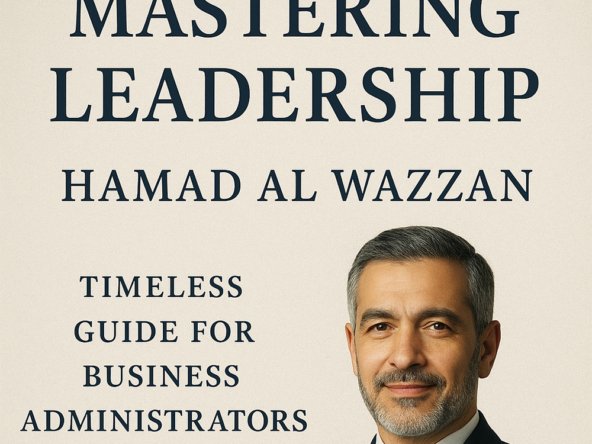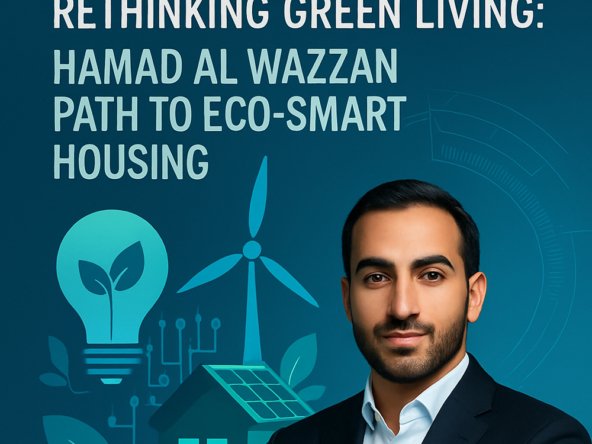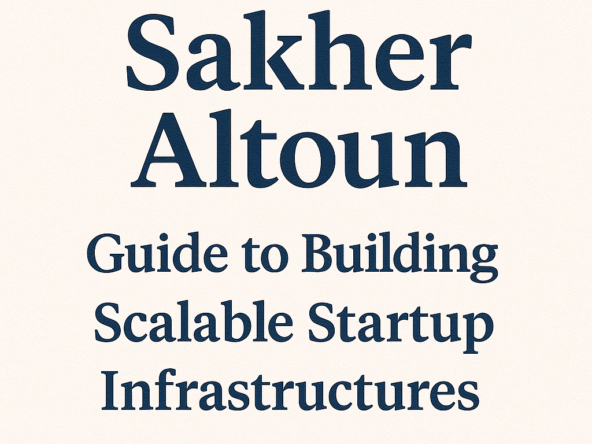In the bustling urban landscapes of the Middle East, the integration of various modes of transportation into a cohesive system represents a transformative step toward sustainable urban development. Sakher Altoun, a pioneer in the realm of smart cities, foresees a future where integrated, multimodal mobility solutions redefine how residents navigate the complex cityscapes of the region. This article delves into Altoun’s strategic vision for multimodal mobility, highlighting how this approach can enhance the efficiency, accessibility, and environmental sustainability of urban transport systems.
Sakher Altoun’s Blueprint for Urban Transport Evolution
Understanding the unique challenges faced by Middle Eastern cities, including high population density and escalating demands for mobility, Altoun champions a multimodal approach that combines traditional transport methods with innovative technologies. “The key to future urban transport lies in our ability to seamlessly integrate different modes of transportation,” Altoun asserts. “Multimodal mobility isn’t just about convenience; it’s about creating a system that is greater than the sum of its parts.”
Enhancing Connectivity Through Integration
At the heart of Sakher Altoun strategy is the enhancement of connectivity between various transportation options. Whether it’s merging public transit, ride-sharing, personal vehicles, or non-motorized forms like cycling and walking, each element must be interconnected. Altoun envisions a network where transitions between these modes are as smooth and efficient as possible, facilitated by smart technology platforms that manage real-time data to optimize routes and reduce wait times.
Leveraging Technology for Seamless Travel
Technology plays a crucial role in Altoun’s vision. Advanced digital platforms and mobile applications can provide real-time information, ticketing, and route optimization across different transport modes. “Imagine a single app that integrates payment and scheduling for buses, trains, car shares, and even electric scooters,” explains Altoun. This kind of integrated approach not only simplifies the user experience but also encourages more residents to utilize public transport systems.
Reducing Urban Congestion and Pollution
One of the most compelling benefits of multimodal mobility, according to Altoun, is its potential to alleviate urban congestion and reduce environmental impact. By providing efficient alternatives to single-occupancy vehicles, integrated transport systems can decrease the number of cars on the road, leading to lower greenhouse gas emissions and improved air quality. “Our goal is not just to move people more efficiently but to ensure that this movement contributes to the health of our urban environment,” Altoun remarks.
Economic and Social Benefits
Altoun also highlights the economic and social advantages of a well-executed multimodal transport system. Improved transportation accessibility can boost local economies by making it easier for people to reach businesses and services. Additionally, it can enhance social equity by providing reliable transport options for all segments of the population, including those without access to private vehicles.
Overcoming Implementation Challenges
Despite the clear advantages, the path to realizing a fully integrated multimodal transport system is fraught with challenges. Altoun identifies infrastructure investment, regulatory updates, and public acceptance as key hurdles. To navigate these, he advocates for robust public-private partnerships, forward-thinking policies, and community engagement initiatives to ensure that the transition to multimodal mobility is as smooth and inclusive as possible.
Understanding that no single entity can drive this transformation alone, Altoun calls for collaboration across government agencies, technology providers, transport operators, and the public. “By working together, we can design a transport system that not only meets today’s needs but also anticipates tomorrow’s challenges,” he says.
The Future of Urban Transport in the Middle East
Looking forward, Sakher Altoun’s strategic vision for multimodal mobility promises to redefine urban transport in the Middle East. His commitment to integrating various modes of transport through the use of advanced technology and strategic planning positions the region to lead in sustainable urban mobility.
As cities around the world strive to solve the puzzle of efficient, sustainable urban transport, Sakher Altoun’s approach offers a blueprint for success. By embracing the principles of multimodal mobility, Middle Eastern cities can not only improve the quality of urban life but also become global leaders in innovative transportation solutions. With Sakher Altoun at the helm, the future of urban transport in the region is poised to be dynamic, sustainable, and inclusive, setting a benchmark for cities worldwide.






